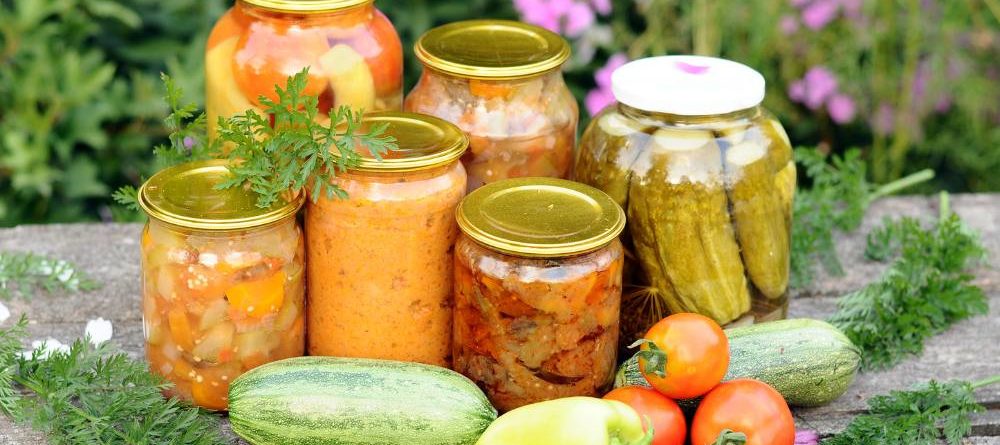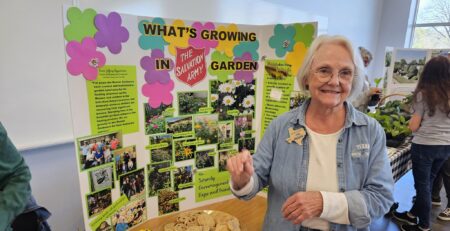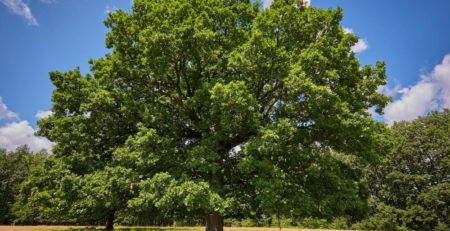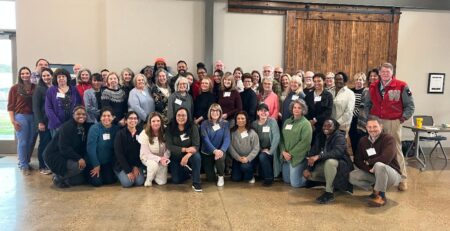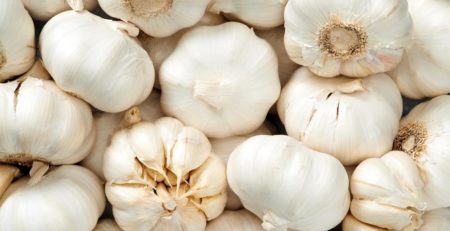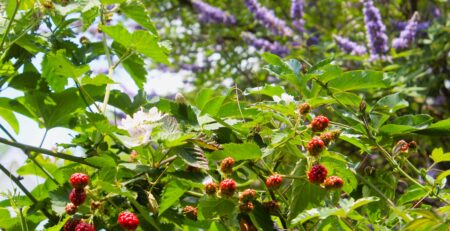What To Do with the Produce You Grew
Less than a hundred years ago, home canning was standard practice in millions of American homes across the country. How many of us have memories of being sent by mother or grandmother to the pantry to get a jar of something delicious for a meal? But it’s so easy to buy canned food at the grocery store—and canning seems like such a complicated and antiquated endeavor! Is it really something a beginner can do?
The good news is that home canning and preserving is an affordable, practical, and healthy way to feed yourself and your family. It’s a good feeling to have a freezer full of food in an emergency where you’re left without power for an extended period (looking at you, February 2021!), but it’s wonderful to be able to create a nutritious meal out of your pantry from food you grew and canned yourself. And who doesn’t like to receive a jar of home-canned goods as a gift?

We can thank the pandemic for the renewed interest in gardening. Since Covid, 18.3 million Americans have begun gardening and 55% of Americans report that they garden. Canning allows a home gardener to enjoy the fruits of their labors long after the growing season is finished.
Preserving allows you to be creative with your harvest, too. Bumper crop of tomatoes? You can turn those into tomato paste or purée, spaghetti sauce, chili base, and a variety of soups, for starters. Your apple tree didn’t know when to stop? Fill your pantry with apple sauce, pie filling, apple slices, jams, and preserves. As long as you follow recipes and processes from reliable sources, the possibilities are endless.
Home canning is a science, and to ensure that your lovingly preserved foods are safe to eat later, you must follow correct canning procedures. Reliable sources for correct canning procedures include publications like The Ball Book of Canning and Preserving, So Easy To Preserve, by the University of Georgia State Extension Services, and The Complete Guide to Home Canning offered by the U.S. Department of Agriculture, to name a few. Their recipes are tested and known to be safe for canning. Texas A&M AgriLife Extension also offers a Preserving the Harvest series of programs that teach ways to preserve foods. Sessions include Canning Basics, Jams & Preserves, and Pressure Canning. Contact your county agent for more information. Be wary of canning recipes from social media or online sources, as they may not be safe.
Home canning is also good for the environment. There is almost no food waste if you compost the parts of your produce that can’t be used. There are even recipes for jelly and jam made from fruit peels! Canning jars can be used again and again, as long as there are no chips or cracks in the glass. Even the rings can be used. Only the flat lids must be replaced each time you can.
Convinced yet? If you’re ready to begin canning, it’s good to begin with jam or jelly. These are high-acid foods processed using the water-bath method, where the jars are submerged and the air is expelled, creating a vacuum seal. Once you are comfortable with water-bath canning, investing in and learning to use a pressure canner will expand your repertoire of preserved foods. Pressure canning is the only method by which you can safely preserve meats and low-acid foods. Don’t be afraid—today’s pressure canners have excellent safety features built in.
Consider taking a canning class or watching some YouTube videos on beginning canning—and smile to think how your future self will love that well-stocked pantry!

